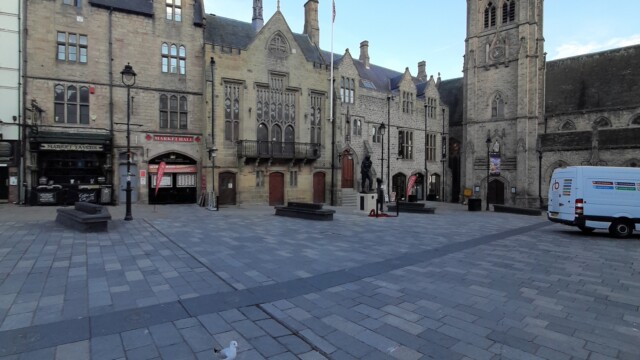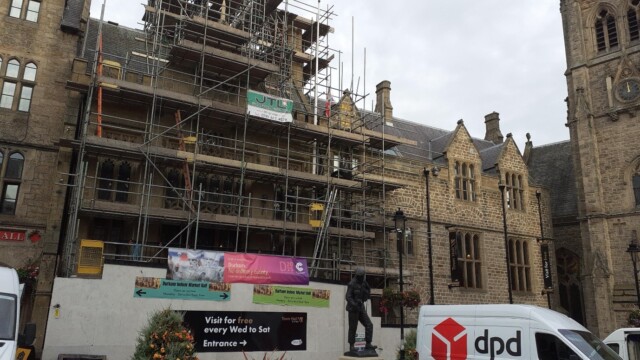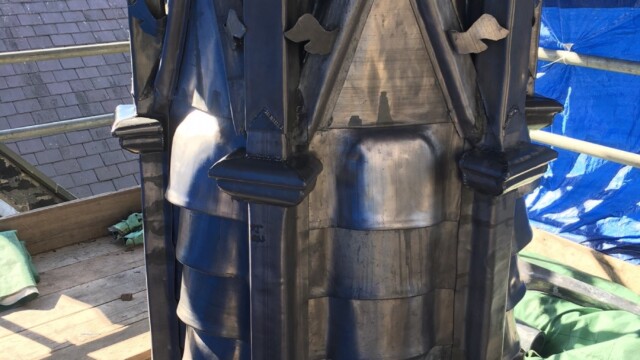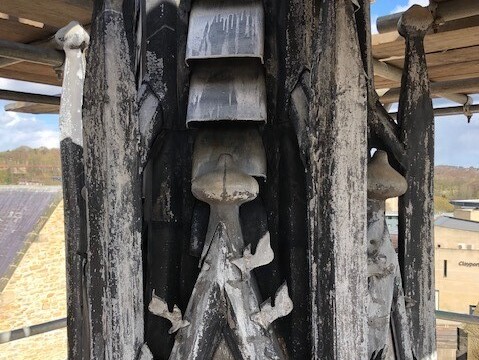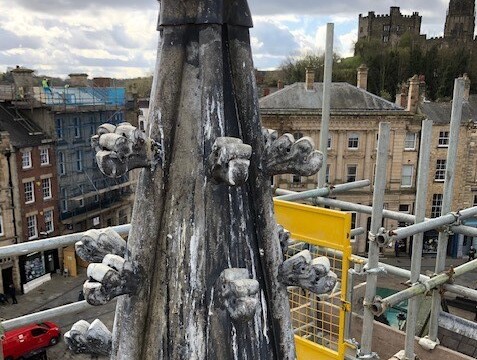The team undertook restoration works on this historic Durham City building to help preserve its heritage for centuries to come. Durham Town Hall has been central to the city from as far back as the 14th century and is a popular site to learn about County Durham’s heritage.
Core project objectives
To preserve the historic nature of the Grade 2* listed building and fittings/artefacts in accordance with the requirements of Historic England and Planning (Conservation) whilst completing major structural repairs to the 19th Century Great Hall and 17th Century Guild Hall.
Interesting facts
The front portion of the building was originally 4 separate buildings with separating vennels between. As the buildings were brought into the public domain the vennels had floors put over them at first floor level to join the buildings together. In 1849 the Great Hall was added. Despite its size and prominence in the indoor market, most people do not realise that the Great Hall sits above them resting on large stone arches. Unusually these arches have inverted arches below them to redistribute the loading over the ground.
The lead flèche which sits on the apex of the Guild Hall roof is 15-foot-high and has stood since the middle of the 17th century. The stone finial which stood 3-foot-high on the parapet over the Guild Hall window was removed in the 1950-1960’s but, following research using a photograph from 1914, will be replaced during the course of these works.
Extensive specialist work has now concluded including general stone repairs, re rendering of the great hall, renovation of existing panelling with an expert restoration team. The most challenging aspect of this project was the work undertaken on the flèche, this required assistance from a specialist Led worker subcontractor, focal point on this project was the Finial, it’s the first time a finial has been revealed in decades and is a real testament to all involved in restoring the Town Hall and preserving its historic nature.
